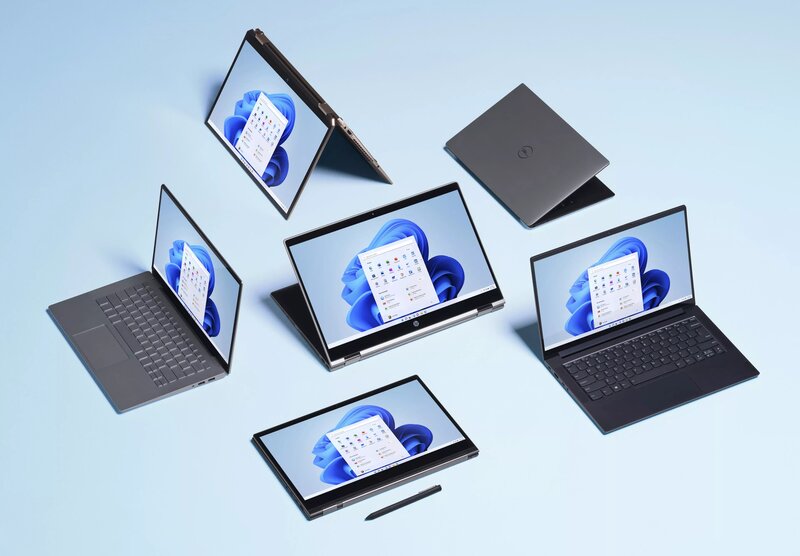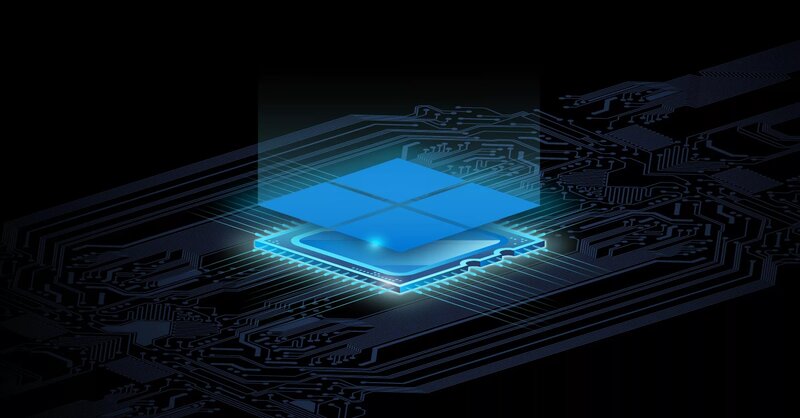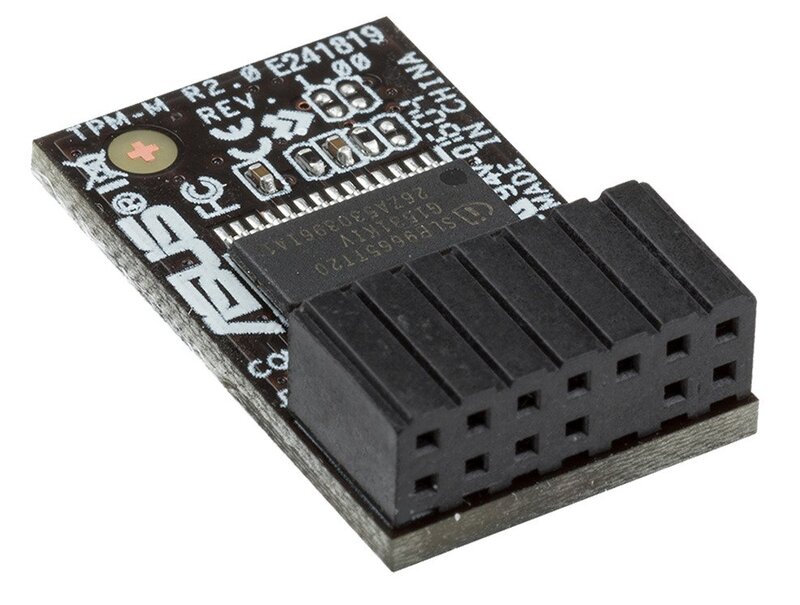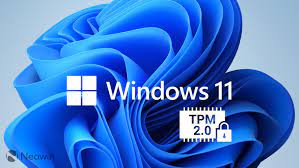What Is TPM And Why Does Windows 11 Need It?
The Windows 11 operating system will be officially released in a few months, but it will Not Be Available On All Computers.
TPM, According to Microsoft, Windows 11 needs a system that supports the Trusted Platform Module 2.0, while most users are not fully aware of this technology.
Microsoft claims that TPM will increase Windows’ security. However, Microsoft’s uncompromising approach to TPM 2.0 may cause Windows 11 to fail.
Last week, Microsoft unveiled its new operating system, Windows 11, featuring various features, including a simple, integrated user interface.
Other features of the Windows 11 operating system include better performance, a new Microsoft Store, and better gaming capabilities. It will also be available as a free update for Windows 10 users.
It seems that Microsoft has made a lot of efforts to make this operating system more attractive to developers and easier to work with than in the past.
However, users will need a dual-core processor and 4 GB of RAM to run this operating system. As you can see, the minimum system required to install Windows 11 has increased compared to Windows 10, and older computers cannot run it.

What is TPM?
Most computers built in the last 10 years support UEFI and Secure Boot, so they should run Windows 11. However, if these computers are not equipped with a TPM chip, they will not install and run the latest Microsoft operating system.
But why did Microsoft suddenly decide to consider TPM technology, which is mainly used in commercial environments, as a prerequisite for running Windows 11?
TPM was initially installed as a microcontroller chip on motherboards, but in recent years, Intel and AMD processors have added the technology to their processors as firmware.
TPM in Windows 11 is to protect cryptographic keys, user information, and other sensitive data behind hardware barriers so that malware or hackers can not access or manipulate this information.
In short, TPM is a hardware-based security feature that stores information in a specific area and protects it from hacker attacks.

Windows has used the TPM io upgrade for Windows Hello, Windows Defender, and BitLocker features.
This feature will not be completely impenetrable, making it harder for hackers to attack systems remotely. Currently, 1.3 billion people use Windows 10 (about 100 million users use Windows 8 and 7) and are exposed to various cyber-attacks daily. Hackers are expected to make $ 265 million through online ransomware by 2031.
Microsoft has worked hard to educate users and businesses about the importance of protecting against cyber attacks. According to the company, 83% of all businesses have been attacked in the past two years, yet these companies have allocated only 29% of their budget to protect against these attacks.
However, Microsoft may pursue another goal, as TPM is also used to protect copyright and add anti-fraud capabilities to online games.
Microsoft has filed many patents for the simultaneous use of TPM and other anti-fraud solutions. The gamer community will surely welcome Microsoft’s move, which will make fraudsters’ lives very difficult.
Of course, this feature will not be available for Windows 11 on the first day, but using TPM will create the proper infrastructure to develop such features.

Who has access to TPM?
For people who use computers equipped with AMD or Intel processors, to use TPM, you must first go to the UEFI settings section of your system and have a feature called PTT (on Intel systems) or PSP fTPM (on AMD systems).
Most computers built in the last 4 years or later were not supposed to support this technology. For example, the first-generation Ryzen and Treadmill processors on AMD and Intel 6th and 7th generation processors, generally all processors released before the CoffeeLake series (late 2017), do not support TPM.
However, following the controversy surrounding Windows 11’s use of TPM, there have been reports that Microsoft’s new operating system may be used on older systems. It is said that users of older systems can access this operating system.

According to various sources, Microsoft has increased the list of processors running Windows 11 and added Intel 7th generation and Advisor 1st generation processors to this list
. Of course, Microsoft has not confirmed this news yet, but this company’s action is not far from expected.
Users of older systems can install the TPM 2.0 chip manually on their system motherboard, but Microsoft does not recommend this. Also, using the TPM 2.0 chip on BIOS motherboards is not recommended, as many key TPM features will not work on them. TPM’s main problem is running out of stock, thanks to illegal brokers and sellers. Just one day after introducing Windows 11, all TPM chips in reputable retailers ran out, and now these products are being sold at many times the price on websites like eBay. Usually, the TPM 2.0 module costs about $25, but now illegal vendors sell it for $100.

Conclusion
Microsoft plans to increase security for users and companies by making TPM a prerequisite for Windows 11. Therefore, it has partnered with Intel, AMD, and Qualcomm to integrate TPM directly into new processor cores.
The only problem with Microsoft’s move is the global shortage of chips, which prevents many users from accessing Windows 11’s unique features.
What do you think about the prerequisite for TPM to install Windows 11? Was Microsoft’s move right in the current labor market conditions? Could you share your comments with us?
Frequently Asked Questions:
Will systems that do not support TPM 2.0 be able to run Windows 11?
- Approved by Microsoft, all systems must support the TPM 2.0 module to run Windows 11.
Will TPM prevent Linux from running?
- Many TPM features only apply to Windows, but it is unclear exactly how this module will affect Linux performance.
What effect will TPM have on Windows?
- The primary purpose of TPM is to increase system security against cyber attacks.
